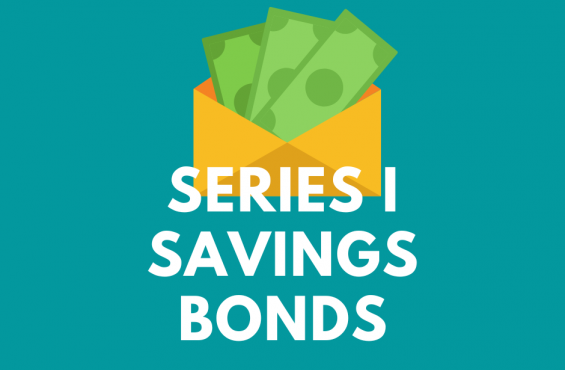Is anything keeping up with inflation this year?
Cash savings accounts have been paying below 1%, stocks are in a bear market, and the bond market is on track for one of its worst years ever.
One bright spot in this tough environment is Series I savings bonds or I-bonds.
What are Series I savings bonds?
Series I bonds are 30-year bonds issued by the US Treasury available when you open a free TreasuryDirect account.
These bonds are backed by the US government and the yields are linked to inflation, so they’re one of the few investments providing terrific yields in this environment.
Millions of people have added money to I-bonds. "Since the annual I bond rate jumped to 7.12% in November, 1.85 million new savings bond accounts have opened through June 24, according to Treasury officials," CNBC reported. (The I-bond rate was adjusted upwards to 9.6% in May due to inflation accelerating.)
Should you put money into I-bonds?
FundX investment adviser and Certified Financial Planner Rohan Nayak put together this quick guide to I-bonds, including:
- What’s the current yield on I-bonds?
- Can you lose money in Series I bonds?
- How long do you have to hold I-bonds?
- How much can you invest in I-bonds?
- What are the tax consequences of Series I savings bonds?
- Where do I-bonds fit into your financial plans?
How I-bonds work
The yield on I-bonds are the sum of two components: a fixed rate and an inflation rate. The fixed rate is currently zero. It is set at time of purchase and remains fixed for the life of the bond. The inflation rate is tied to the Consumer Price Index (CPI) and it adjusts twice a year in May and November.
According to TreasuryDirect, the current combined rate for I-bonds issued from May 2022 through October 2022 is 9.62%. The return on I-bonds remains high and vastly outperforms money-market funds and savings accounts this year.
Unlike Treasury Inflation Protected Securities (TIPS), I-bonds are protected against capital losses. The principal value can only increase. Even in the unlikely event that inflation is negative, the I-bonds rate will never drop below zero.
Three things to know about Series I Savings Bonds
1. Holding time: I-bonds must be held for a minimum of one year after purchase. Even after the initial 12-month holding period, if you redeem the bonds within five years, you will lose the last three months of interest collected. So you shouldn’t put money into I-bonds that you’ll need to cover your costs in the next year.
2. $10,000 limit: There is an annual limit of $10,000 per individual, which means a married couple with two children could buy up to $40,000 in total each year. (Purchasing I-bonds for a child through a custodial account constitutes an irrevocable gift.) If the family had a trust, it could buy another $10,000 in the name of the trust. You can purchase an additional $5,000 in paper I-bonds per year using your federal tax refund. (You'll need to open a separate account for each person
3. Taxes: Interest earned on these I-bonds are subject to federal income tax but are free from state and local taxes. You can defer reporting the interest on your federal tax return until you cash in your bonds or the bonds mature. If you hold an I-bond to the maturity period, you enjoy tax-deferred growth for 30 years.
Where I-bonds might fit into your financial plans
Here are some examples of how some investors might use I-bonds. As always, talk with your financial planner or investment adviser to determine what might be appropriate for you.
Given bond markets have taken a beating this year, there’s a good chance you have losses in your accounts. You could sell up to $10,000 in bonds you own at a loss in a taxable account, harvest the tax loss, and put that money into I-bonds where you’ll have a guaranteed higher return for the next six months.
If you have 12-month CDs that are paying 1% or less, even with withdrawal penalties, you will likely come out ahead with I-bonds given that you will be required to own your I-bonds for the next year.
Long-term investors could consider building an I-bond portfolio over time. With some tax planning, a married couple with a trust who is 10 years from retirement could purchase $35,000 per year in I-bonds over the next 10 years and be confident that those dollars will maintain their value with inflation. You’d want to rethink this approach, however, if inflation falls and bonds become more attractive.
Should you retire with stocks at highs, you could hold I-bonds and sell stocks to generate income, and if stocks are going through a correction and you’ve held your I-bonds for a year, you could liquidate your I-bonds and give your stocks time to recover
